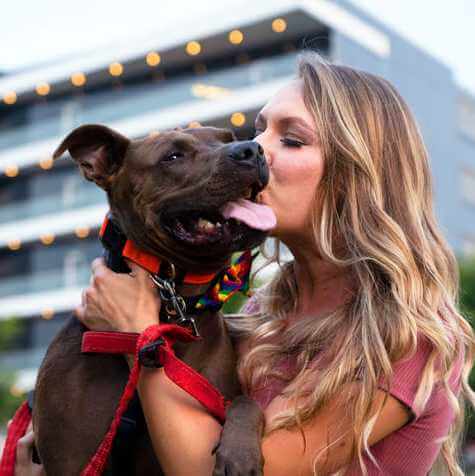Dogs cannot speak English.
Yes, I understand that this statement is rather obvious. But when we look at the fundamentals of obedience-training in dogs, we essentially ask our pets to listen to our language and use it to perform some movement (or lack thereof in the case of “STAY”). This should raise two questions: if dogs can’t understand a common language, (1) how much do they understand what we are saying, and (2) how do we incorporate their language base into their training?
Just like those of humans, the left side and right side of a dog’s brain serve different purposes in how dogs interpret speech. The left side of the brain (or hemisphere) helps dogs understand words and the right hemisphere helps dogs understand tone. Together, dogs (and humans) are able to a more complex understanding with regards to the meaning of whatever is being spoken.
MRI tests demonstrate that dogs separate words from the tone and analyze them independently of each other. For example, dogs can distinguish the phrase “good boy” spoken in a high-pitched, cheery tone from the same phrase spoken in a low, angry tone. They can essentially derive different meanings from the same word. Similarly, dogs can tell the difference between the two words spoken in the same tone. In this case, their comprehension depends on whether they have previously associated those words with any actions.
The implication of dogs’ ability to differentiate words and intonation is that we have to be cognizant and aware of how we communicate with our pets. Dogs learn commands through association and repetition. During training, frustration from a dog’s inability to follow a command may cause us to change our tone (as any owner can attest, saying “COME” the fifth time will not have the same tone nor exuberance as the first). But when we change our tone, we fundamentally change what we ask our dogs to do. Simply put, we are changing the command.





